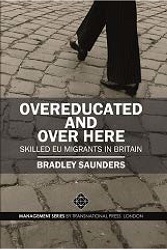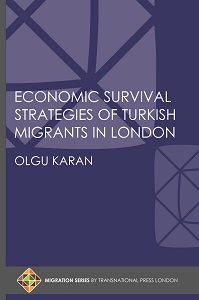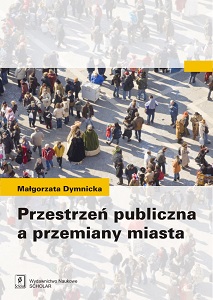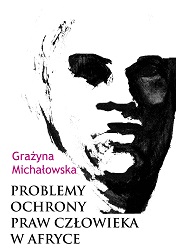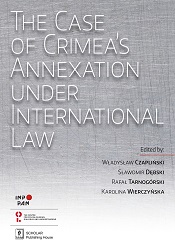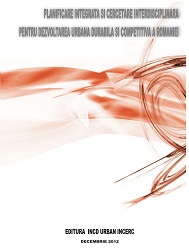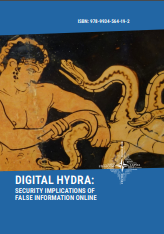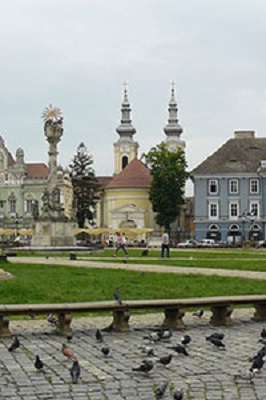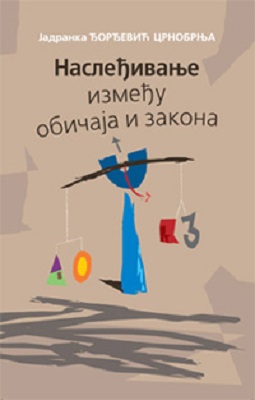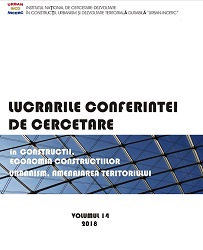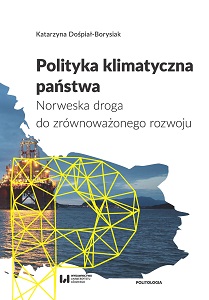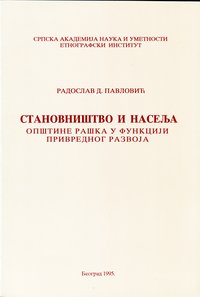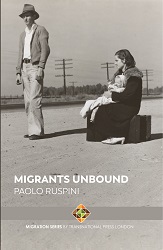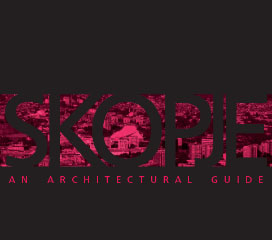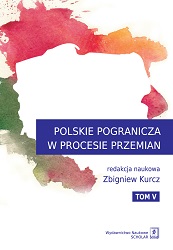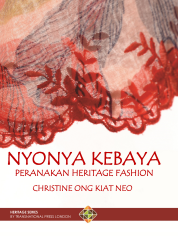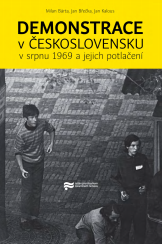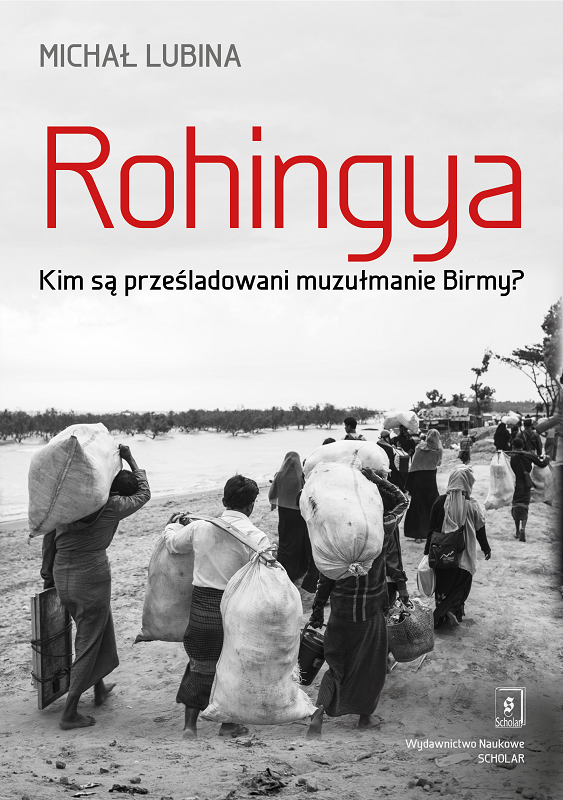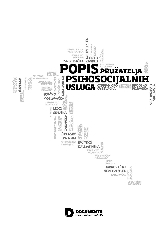Author(s): Radoslav D. Pavlović / Language(s): Serbian
Economic development is certainly the main driving force of demographic and urban geographical changes that arc its function in a certain area and in certain period of socially historical development Characteristics of MECHANICAL MOVING OF POPULATION MIGRATION in the period between Austrian-Turkish wars and The Second World War arc these: This area was on the way of migration currents from Kosovo, Metohija, Montenegro, Hercegovina, Ibarski Kolašin, the area around Novi Pazar and The Sjenica Peštar plateau. It was a phased migration area and each larger immigration was preceded by emigration. The migration from the higher to the lower height above the sea level was conditioned by strengthening of agriculture in comparison with cattle raising, and the migration from villages to towns was conditioned by development of non agricultural activities in the town of Kaška. Periodic and permanent migrations of population were the cause and effect of economic development Seasonal migration of cattle raisers was in connection with semi- nomadic way of raising cattle. Migrations that arc connected with activities of hired coachmen and workmen were conditioned with the development of trade and traffic of hired coachmen and workmen. Seasonal migrations appeared because of the people from the mountains who bought land on the lower height above the sea. Moving of peasants to the town of Raška on market days and during the spring and autumn fair was enlarged with the development of trade in the town. Characteristics of migration after the Second World War are these: Directions of migrations across this area are the same as previous directions of migration currents, and this confirms even more all the necessities that had been the cause of migrations in this area for centuries. The function of phased migration stop did not belong to rural settlements any more, but to the urban areas and suburbs. The influence of migration currents from Montenegro and Pešlar plateau weakened in this period, and the influence of migration current from Kosovo and Metohija strengthened and the important current from the area around Novi Pazar was left. There were less marriage migrations, visiting because of the dowry, and the migrations of girls because of getting married were not only of local character, but they had the character of emigration of population from this area, and in this way the migration from villages to towns became more intensive. Migrations from villages to towns arc the main inner way of moving of the population. They are conditioned by rapid development of non agricultural- activities in urban areas and other working centers. Migrations of population from higher to lower height above the sea level appeared in post war period with strengthening non agricultural activities and with employment of a number of workmen from villages in non-agricultural jobs. Households of peasants' workmen move to places near the road in order to get to their jobs on time. Return migrations appear in this period as well as in the previous periods and they follow some emigrations. Post war economic development in this area and some changes in economic structure conditioned some changes in periodical migrations .Some aspects of periodical migrations of population disappeared the work of hired coachmen and workmen, some just started to disappear seasonal moving of cattle raisers, only 186 inhabitants took part in 1984, some of them arc smaller in size seasonal moving of people from mountains to lower height above the sea level because of tilling the soil, some of them became bigger in size and more intensive migrations connected with fairs in Raška in which between 15.000 and 23.000 take part., and some new aspects of periodical migrations also appeared, such as going to seasonal work and going to temporary work abroad. Daily migrations arc the important aspect of migrations of the population. A small number of daily migrants' workers come from adjoining communities Leposavić, Novi Pazar and Kraljevo. Characteristics of natural moving of population are these: Until 1954 this area was mainly agrarian and there was a rather high birth rate. After 1954 in the area of Raška’s community with the rapid development of non agricultural activities with more people employed outside their households, the need for high birth rate did not exist anymore. In the period between 1961 and 1981 birth rate was lowered from 17,3%» to 13,6%« and mortality rate was higher, from 7,5%o to 8,1%«. and conditioned lowering birth rate in the total migration of the population is characterized by slow population to 29475 (1489% ). Number of habitants was enlarged from 25.837 the origin and population of the community of Raška were influenced by migration currents, l hc origins of most households are from: Montenegro 47,7% (the most people are from families Kuči and Vasojevići) osovo and Metohija 14,59% (most of the families arc from the adjoining community of Leposavid and from Metohija. Novi Pazar (from the area around the town) 7,62%. From the area of Bosnia and Hercegovina, 5,17% (most of the people are from Hercegovina). Population structure after the Second World War has been changing permanently Sex structure was disturbed during the Second World War The process of aging of population became rather indicative According to the aging index from 1981. the young population lived in the towns' communities whereas the old population lived in other communities including the community of Raška In the period between 1953. and 1981, the number of active persons in the area of Raška s community was lowered from 53,42% to 44,51%. and the number of supported persons was enlarged from 45,73% to 47,79% and the number of people who are employed was changed from 0,85% to 7,70% Some measures were taken in order to eliminate illiteracy and to improve education of the population , and the result was satisfactory Between 1961 and 1981, the percentage of illiterate inhabitants was lowered from 34,38% to 18%. The number of inhabitants who finished primary school was enlarged from 3,49 to 15,57, with secondary school from 2.73% to 20,47%. The number of those who had higher education was changed from 0,29% to 1,93%, and the number of faculty educated people was changed from 0,27% to 1,60%. It can be said that the population of this area is nationally homogeneous. Most of the inhabitants arc Serbs, 97,65%. Some significant urban geographical changes in a number of settlements in this area have occurred under the influence of rapid development of non agricultural activities. New settlements of Kopaonik and Brvenik Naselje were formed Two villages, Baljevac and Jošanicka Banja, were transformed into town settlements, and fourteen villages into settlements of a mixed type Urban parts of the settlement were built in the suburban settlements of Raška, Supnje and Varevo ’A weekend settlement Sastavci was built in Lisinc on the mountain Kopaonik. Buildings for miners were built in two villages. "Bela Siena” mine had its building colony in the village Pobrdja, and the 'Korlace mine had its building colony in Korlacc near the mine itself This colony was displaced between 1967 and 1973 because of the pollution Beside roads and railroads, some new parts were built in a number of villages Some parts of Bela Stena and Pobrdje were linked with Baljevac and some parts of Varevo were linked with Raška because the villages were moved near the road. Further development of the population and settlements in the area of Raška s community will be the cause and effect of further economic development of the community and the republic of Serbia. This community, as the area struck by earthquake, had priority until 1990 in the policy of encouraging faster development of economically insufficiently developed communities of the republic of Serbia. According to the long-term social plan between 1980 and 2000. it is expected that the community of Raška will leave the circle of insufficiently developed communities and be able to use its own powers until 2000.
More...
